Mercado de máquinas e instalaciones usadas
Máquinas usadas Building site cranes
Structural engineering cranes are large cranes specially designed for use on building construction sites. They are often used in the construction industry to lift and transport heavy loads such as steel beams, precast concrete elements and other building materials to heights. Structural engineering cranes consist of a vertical mast placed on a fixed base and a horizontal jib that supports the load lifting device like a hook. The boom can have a variable length and reach depending on the model and application of the crane. Some structural engineering cranes can lift several tons and are capable of lifting materials to heights of several hundred feet. Operating a structural engineering crane requires specialized skills and experience. A trained crane operator monitors the movement of the crane and controls the movement of the boom and hook to safely lift and transport the load. Safety is an important aspect of operating a structural engineering crane and there are strict regulations and protocols that must be followed to avoid accidents. Structural engineering cranes are typically used for large construction projects such as high-rise buildings, bridges and stadiums. They can also be used for building maintenance and repair, as well as transporting heavy machinery and equipment around construction sites. Because of their ability to move heavy loads at great heights, high-rise cranes are an indispensable tool for many construction companies and other industries.
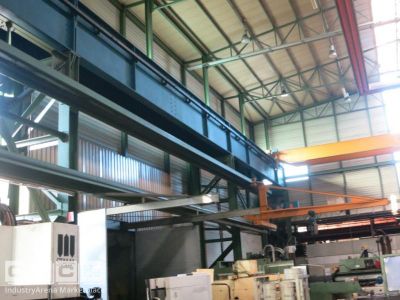
|


|

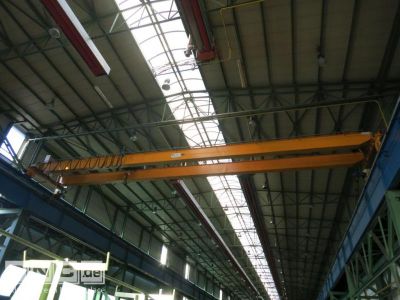
|

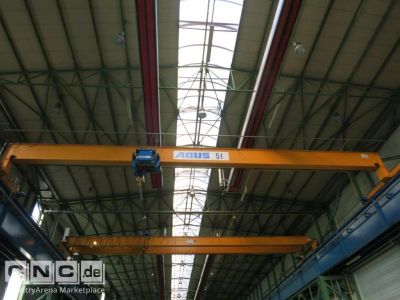
|

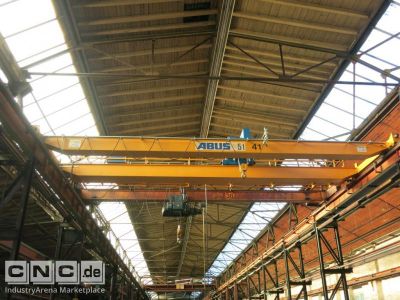
|

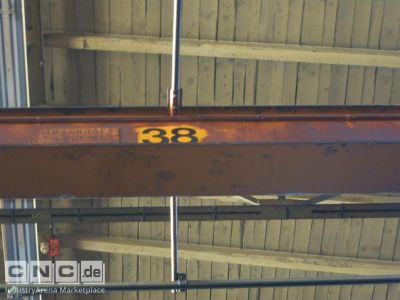
|

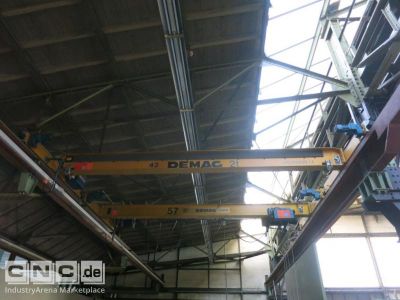
|











